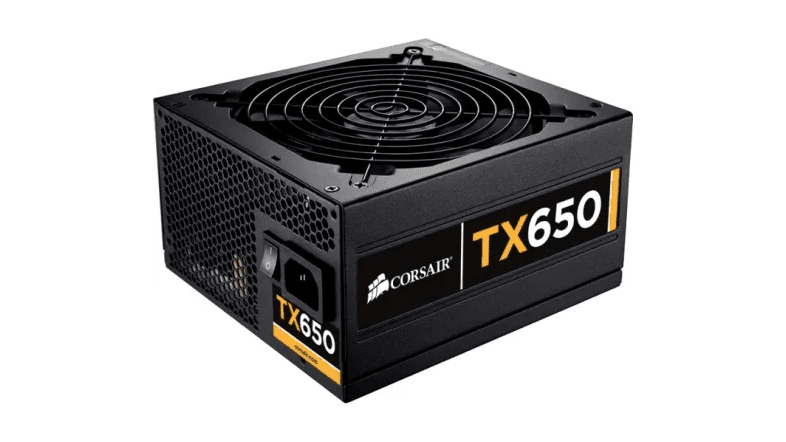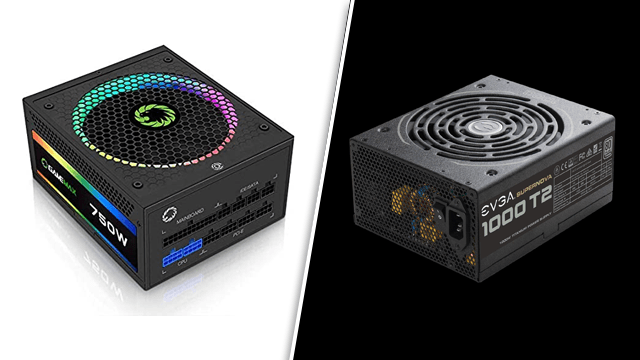A failing PC power supply can be a major inconvenience. Still, it’s not always easy to tell when one is going out. Given the complexity of a PC, it’s hard to diagnose which part is causing an issue. However, there are a few telltale signs that note when a PC power supply is going bad. Additionally, we’ll cover what happens when a PSU finally fails.
What happens when a computer PSU goes bad?
When a power supply starts to fail in a PC, a user might not even notice. PSUs are rated to supply a certain amount of voltage. If a computer isn’t using the maximum amount, then dips in performance won’t necessarily be an issue.
The first sign that a PC power supply is failing will be blue screens (if using Windows). This is typically because a component is not receiving the power it needs to function normally. GPUs are the most power-hungry part of a gaming PC, and they’re likely to be the part affected first.
Random stuttering or freezing can be a sign of a failing PSU as well. This typically happens when a component is getting uneven voltage. While graphics driver issues usually cause stuttering and freezing, it can also occur during heavy load when the GPU is drawing the most power.
Random shutdowns can also occur when a PSU is going bad. In this case, the PC isn’t even getting enough power to throw a blue screen. Usually, when this starts occurring, it means more than one component isn’t getting the power it needs to function.
In the worst case, a PSU may start smoking or even cause a fire. A power supply generates waste heat as it converts the 110v AC power from the wall into the correct specifications for PC components. If the PSU is malfunctioning, it can cause heat to built up to the point where the materials inside start to combust. If this occurs, users should immediately discontinue using the computer and, if safe, unplug it from the outlet.
Of course, a PSU failing could skip all the dramatic stuff above and just refuse to work. When a power supply dies, there’s a chance the computer will refuse to show any life.











